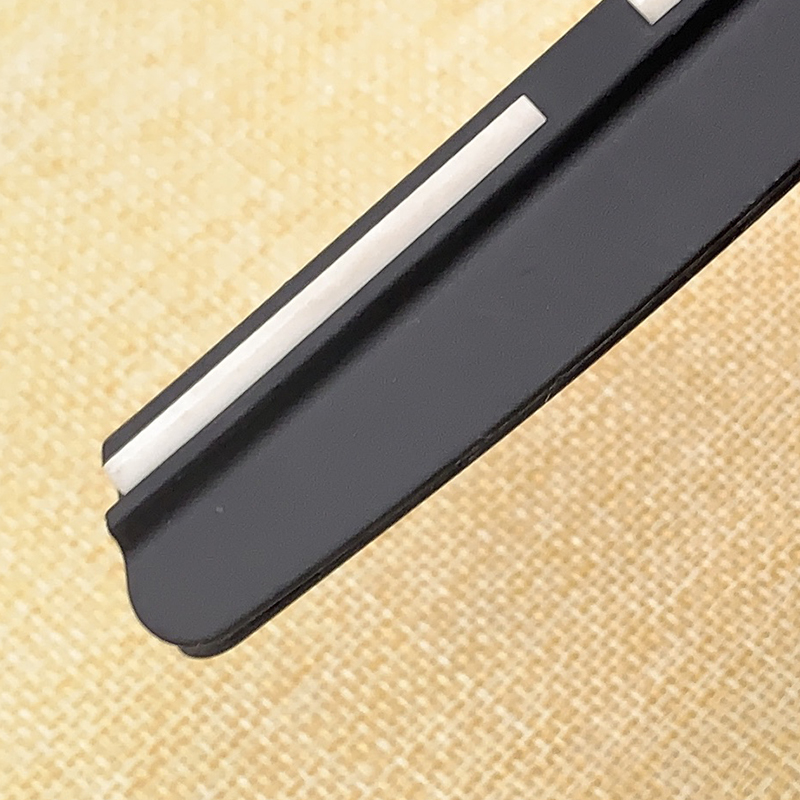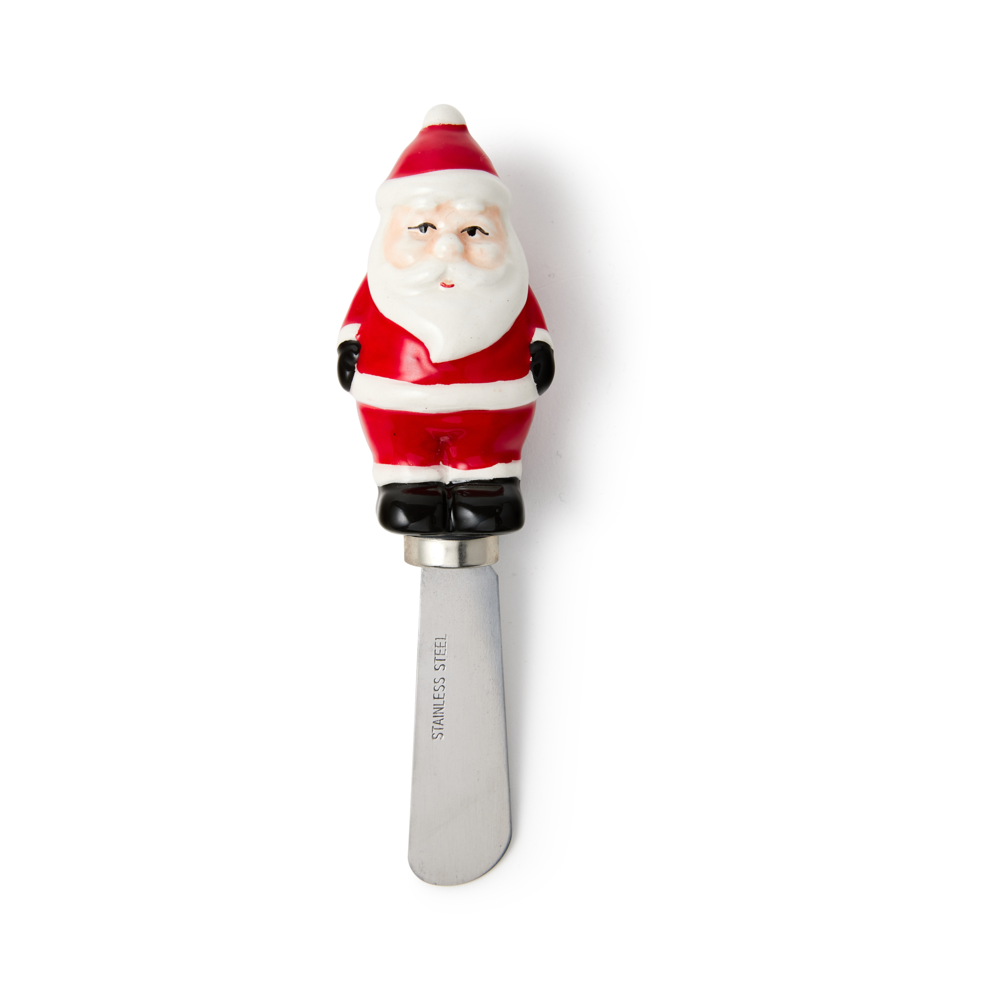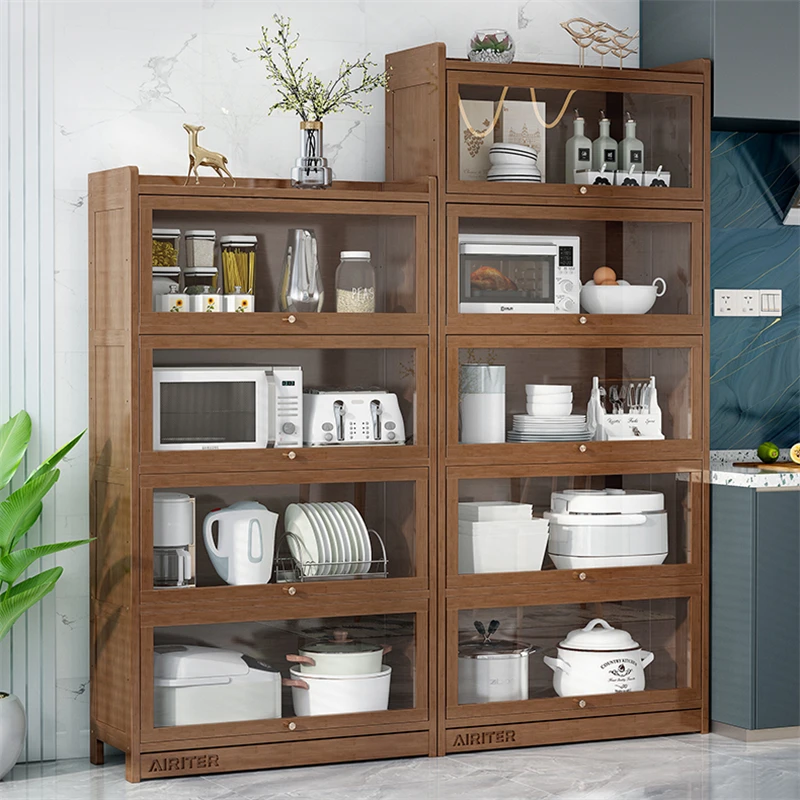The Fundamentals of Knife Sharpening Angles
Choosing the correct sharpening angle for kitchen knives is crucial. The angle affects the knife’s sharpness and durability. Different tasks require different angles. For instance, delicate tasks might need sharper angles. On the other hand, tougher tasks require less sharp, more durable angles. Understanding this helps in selecting the suitable angle for your knife. Each knife type responds differently to various angles, based on its usage. It’s essential to consider this when sharpening. Proper angle selection will ensure your knives are efficient and last longer. Always match the angle to the intended kitchen task. This approach maximizes both performance and blade longevity.
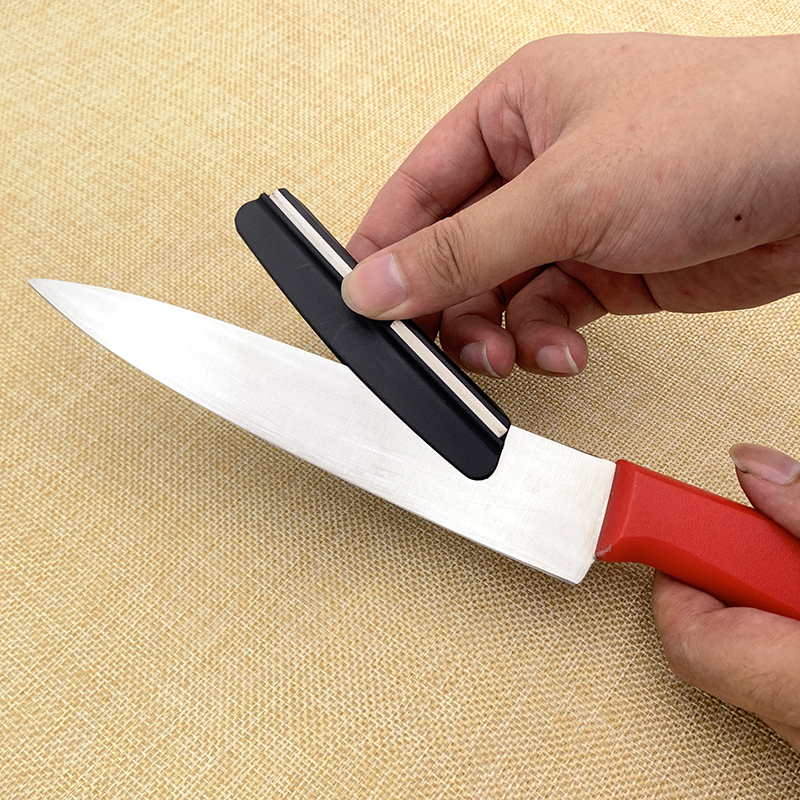
Importance of Choosing the Right Angle for Your Knife
Choosing the right sharpening angle for kitchen knives is a form of craftsmanship. It balances sharpness and durability. An ideal angle fits the knife’s purpose and material. It should also match with the user’s skill level.
Why the Angle Matters
A lower angle makes a blade razor-sharp, perfect for precise cuts. Yet, this edge is delicate and can chip easily. A higher angle creates a sturdy edge. It withstands tough cutting but isn’t as sharp.
The Impact on Performance
A sharpened knife should glide through food. It needs less force, making cutting safer and more enjoyable. The wrong angle can make a knife ineffective or blunt quickly.
The Role of Knife Material
Not all knives are the same. Steel type and blade hardness affect ideal sharpening angles. A good angle considers these factors for the best edge.
In conclusion, picking the right angle provides peak performance. It also extends your knife’s life and enhances your cooking precision.
Common Sharpening Angles: Pros and Cons
Choosing the right sharpening angle for kitchen knives is like finding the sweet spot. It’s all about balance. Let’s explore the common angles and their trade-offs.
10 to 15 Degree Angles: Ultra-Sharp but Delicate
A knife sharpened at 10 to 15 degrees cuts with great precision. It glides through delicate tasks. Yet, this edge wears out quickly and needs extra care. It’s best for knives used in careful slicing, like sashimi knives.
15 to 20 Degree Angles: The Versatile Choice for Most Kitchen Knives
This is the middle ground. Knives sharpened at 15 to 20 degrees offer a good mix. They are sharp enough for most tasks and tough enough for daily use. Chefs prefer this range for versatility.
20 to 30 Degree Angles: Durability for Hard Use
Edges formed at 20 to 30 degrees stand up to abuse. They’re less sharp than lower angles but have the strength for heavy cutting. Think butcher’s knives or carving knives; they benefit from this sturdiness.
Over 30 Degree Angles: Maximum Durability for Heavy-Duty Tools
When we go beyond a 30-degree angle, we prioritize durability over sharpness. Edges become very tough, perfect for tools like machetes or axes that see rough handling.
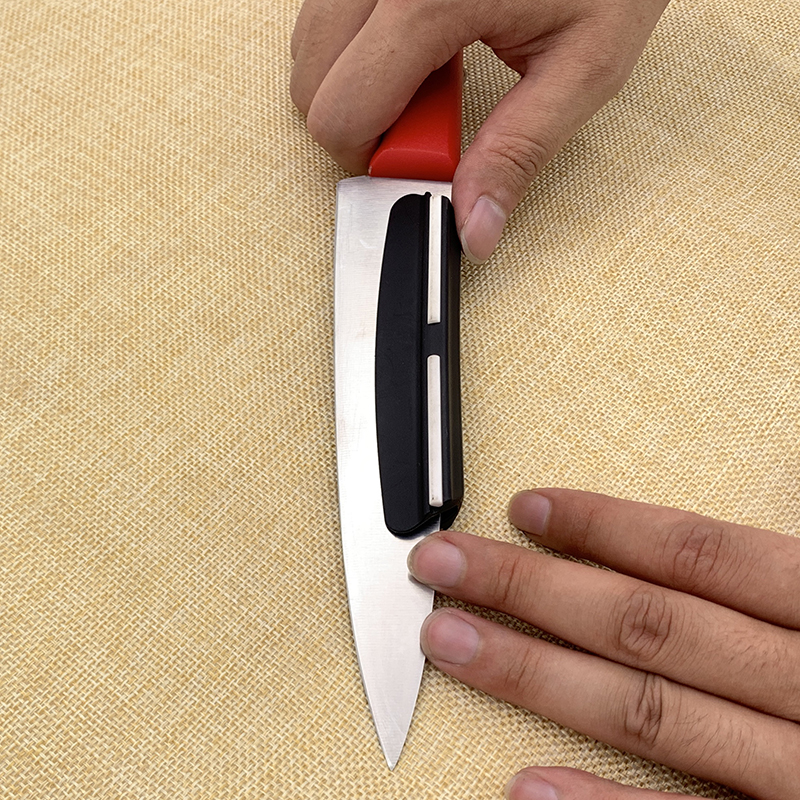
Sharpening Japanese vs. Western Kitchen Knives
The art of sharpening kitchen knives varies between different cultures. Japanese and Western knives often require different sharpening angles to bring out their best qualities. Let’s delve into the nuances that separate the two and guide you on how to sharpen each type effectively.
Japanese Kitchen Knives: Precision and Fine Edges
Japanese kitchen knives are renowned for their sharpness and precision. They are typically sharpened at a 10 to 15 degree angle, creating a fine edge that’s ideal for tasks requiring accuracy, such as slicing fish or chopping vegetables. The sharper angle of Japanese knives ensures precise, clean cuts, but the blade might be more fragile and prone to chipping if used on hard surfaces or for chopping tough ingredients.
Western Kitchen Knives: Durability and Versatility
In contrast, Western kitchen knives are designed for versatility and durability. They are generally sharpened at a 20 to 22 degree angle. This gives them a slightly less sharp edge compared to Japanese knives, but they gain in toughness, handling the rigors of varied kitchen tasks. From cutting meat to slicing dense produce, Western knives can withstand more pressure and are less likely to chip.
When sharpening your kitchen knives, it’s important to consider the knife’s origin. Choose a sharpening angle for kitchen knives that complements the blade’s design and purpose. For the delicate precision of Japanese knives, a finer angle is best. For the all-around resilience of Western knives, go for a sturdier angle. Remember, the right sharpening approach will not only keep your knives at peak performance but also extend their lifespan.
Tools and Techniques for Achieving the Ideal Edge
Sharpening your kitchen knives rightly needs proper tools and techniques. Here are some proven methods:
Sharpening Stones: A Time-Tested Favorite
Sharpening stones are versatile and come in various grits. Begin with coarser grits; finish with finer ones. Monitor angle consistency during the sharpening process to ensure uniformity.
Guided Systems: Precision for Beginners
Guided sharpening systems help maintain the angle. They are user-friendly and perfect for beginners looking to achieve precise edges.
Electric Sharpeners: Speed and Convenience
For those who value time, electric sharpeners work fast. They automate the sharpening angle for kitchen knives, but may offer less control over the final edge.
Honing Steel: Keeping the Edge Aligned
Honing steels don’t sharpen; they align the edge. Use them to maintain sharpness between more intensive sharpening sessions.
Tumbler Rolling Sharpener: Innovative and Efficient
A tumbler rolling sharpener is ideal for a quick tune-up. Its rotating barrel evens out the blade’s edge, useful for diverse knife styles.
Remember, sharpening angle for kitchen knives varies by knife type. Use the right technique to keep your knives sharp and durable. It’s about finding the balance between a keen edge and longevity.
Tips for Maintaining Your Sharp Edge
Maintaining the sharp edge of your kitchen knives requires proper care and technique. Here are essential tips to keep your knives in top condition.
- Regular Honing: Use a honing steel weekly to keep the blade aligned. This does not sharpen but helps maintain the edge.
- Proper Sharpening: Sharpen knives when they start to dull. Use the correct sharpening angle for kitchen knives. This angle varies between 10 to 30 degrees based on the knife’s use.
- Use Suitable Sharpening Tools: Depending on your skill and the type of knife, choose between sharpening stones, guided systems, or electric sharpeners.
- Clean After Use: Wash knives by hand with warm soapy water. Dry immediately to prevent rust.
- Store Properly: Use a knife block, magnetic strip, or protective sheaths. These prevent the blades from getting dull too fast.
- Avoid Hard Surfaces: Cutting on hard surfaces like glass or stone can dull your knife quickly. Use wooden or plastic cutting boards instead.
- Regular Inspection: Check for any signs of wear or damage. Early detection can prevent further deterioration.
By following these simple steps, you ensure that your kitchen knives remain sharp and durable, ready for any cutting task.
Conclusion: Balancing Sharpness and Durability
Choosing the right sharpening angle for kitchen knives is key. It influences sharpness and strength. Every knife benefits from a tailored approach depending on use. Fine angles sharpen well but may chip. Wider angles provide durability but may reduce sharpness. The correct angle enhances knife performance and prolongs life.
Understanding sharpening angles helps you handle your cooking requirements. For precision slicing, lower angles are best. For heavy-duty cutting, opt for higher angles. Select tools and sharpening techniques that match your knife’s needs and your skill level. Regular maintenance ensures ongoing peak performance.
In summary, mastering knife sharpening requires understanding and practice. Balance between edge sharpness and durability for the best culinary experience.
